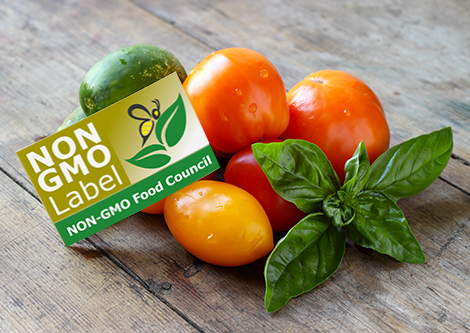A genetically modified organism is an organism that has been genetically modified by adding a gene - through "gene splicing" - to express a desired trait.
-nasil-uygulanir.jpg)
For plants, this new trait can improve the nutritional qualities of a crop, make it resistant to herbicides or protect it from pests.
According to the FDA's published literature, genetic engineering of plants (and sometimes animals) is often used in conjunction with conventional breeding.
Genetic engineering, the basis of which is based on fermentation, started in the 60s and continued in the 90s by gaining momentum. In its early years, it was used to create a dry type of potato to be used for potato chips. Later, it was understood that this potato variety produced toxic substances and its production was terminated. However, the conclusions drawn from this study were concluded that GMO products could be extremely beneficial in agriculture and animal husbandry, and the studies were accelerated.
Genetic engineering isolates the gene for the desired trait, inserts it into a single plant cell in the laboratory, and then produces a new plant from that cell. By narrowing the given genetics to one gene from the donor organism, scientists can remove unwanted traits from the donor's other genes.
Foods derived from genetically modified plants were introduced to the U.S. food supply in the 1990s. Cotton, corn, and soybeans are the most common examples of GMO crops grown in the US, and many have been modified to have increased insect resistance or tolerance to herbicides.
Do not hesitate to contact our expert team to get detailed information about the GMO Free and NON GMO label and certification, or to apply for certification.
